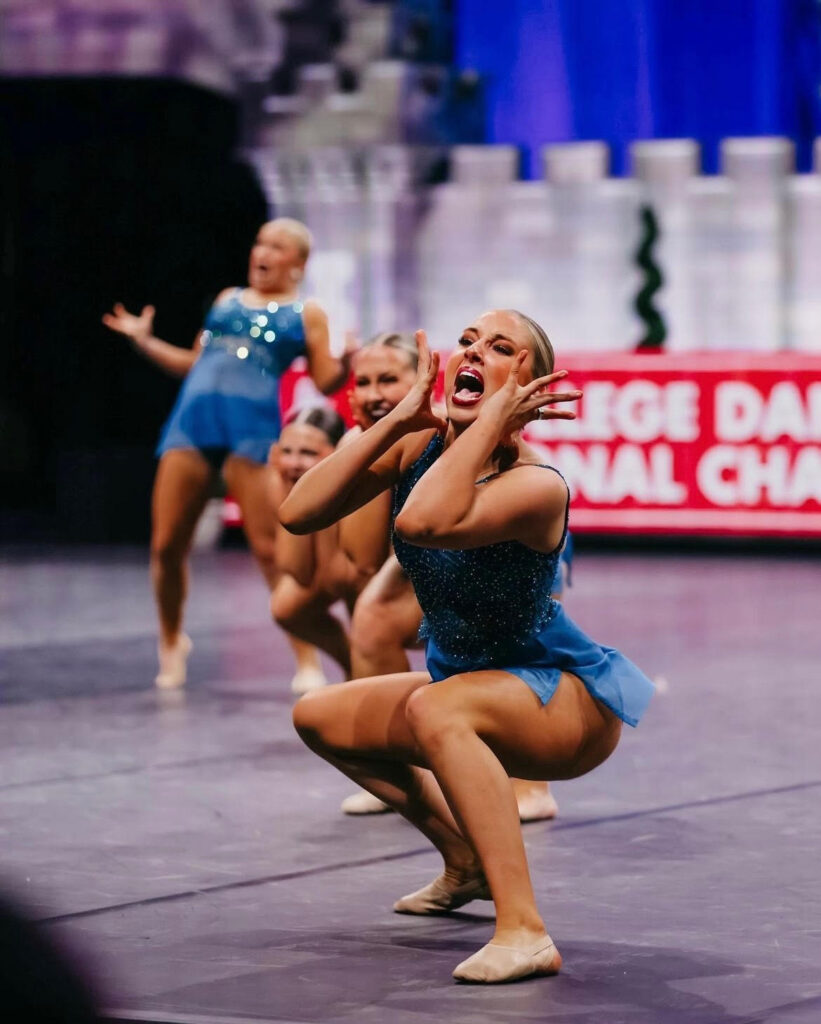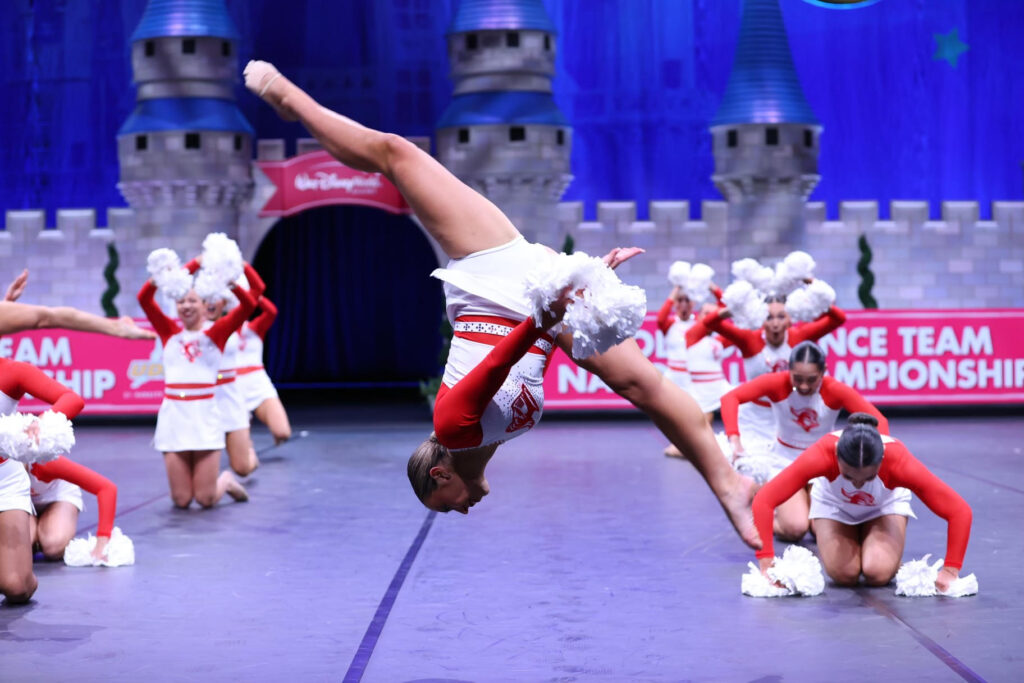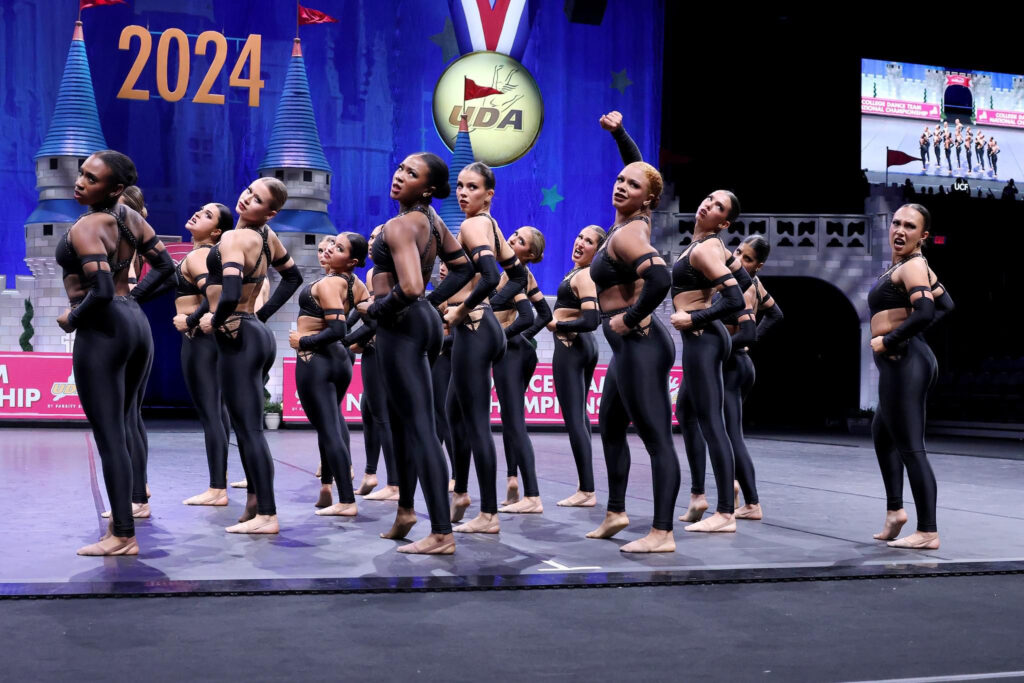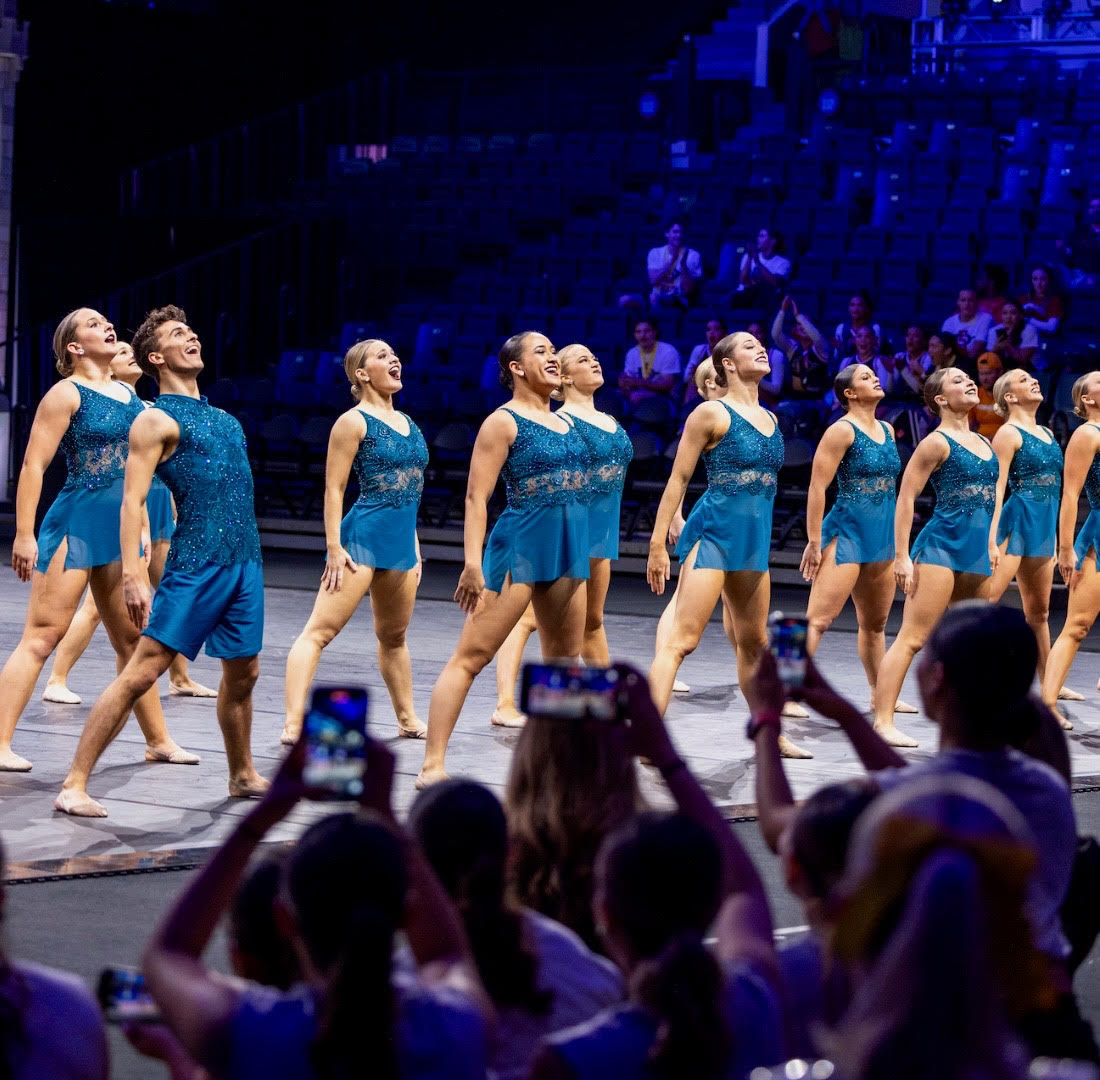UDA Nationals Went Viral on TikTok. What’s Next for College Dance Teams?
When the nation’s top college dance teams gathered at the Universal Dance Association Nationals in Orlando earlier this year, few could have predicted the millions who would be soon watching worldwide. The annual competition, in which college dance teams perform across a number of divisions in jazz, hip-hop, and pom categories, attracted a massive audience on TikTok, spreading far beyond dance fans to also go viral on Instagram and Twitter/X.
Videos with hashtags related to the UDA Nationals amassed hundreds of millions of views on TikTok, comments sections were flooded with fans from around the world, and dancers young and old attempted to replicate the University of Minnesota’s challenging and precise turn sequences, set to Aerosmith’s “Dream On.” Both Aerosmith and Minnesota governor Tim Walz weighed in on social in support of the team.
The newfound fame and accolades were welcome, particularly as these teams don’t often get much recognition: Dance is not formally recognized as a sport under the National Collegiate Athletic Association. But can this viral moment lead to any meaningful changes for collegiate dance teams?
Amanda Gaines, who coaches University of Minnesota’s dance team, hopes that conditions will improve for college dance teams everywhere. “I’d love to see consistency in the support teams are provided around athletic trainers, mental health support, nutritional support, and academic support,” she says. “My ultimate dream is for these athletes to have the opportunity to be scholarship athletes, and for all dance team coaches to get a seat at the table, so they can advocate for their team the same way other sports do.”

The online attention has reinvigorated a major talking point in the community: dance’s status as a collegiate sport. Because college dance teams are not sanctioned by the NCAA, dancers are not guaranteed the same perks student athletes receive, such as scholarships and fixed weekly training hours. Additionally, there isn’t a standardization of scoring, which means organizations like UDA and the National Dance Alliance and the Dance Team Union train judges on their own scoresheets.
Christine Zoffinger, head coach of Rutgers University dance team, asserts that NCAA regulation would bring substantial benefits to student dancers. “If dance is a fully fledged sport, the dancers would be seen as athletes, and they’d be awarded the same perks student athletes receive,” she says. “From the dancers’ perspective, that would be a huge plus.”

Danielle Chabot, the coach of Harvard Crimson Dance Team, agrees that NCAA recognition could bring significant benefits on a team level. “It would be wonderful for the NCAA to acknowledge dance and cheer as sports,” she says. “Spirit programs have been historically under-resourced at college campuses. Something as simple as getting priority space for practice can be a struggle at many institutions.”

The challenges inherent in establishing procedures to assign numerical scores to a dance performance provide an obstacle to NCAA regulation. “Part of the reason the NCAA hasn’t adopted dance is because there is no standard of judging,” explains Jennifer Eustice, dance team coach at the University of Iowa. “Gymnastics, for example, has very clear-cut criteria. We don’t have that in the dance team world. The feelings you get when you see a live performance—how do you judge that?” she wonders. “How do you regulate that?”
Dance team coaches are also hoping to see opportunities for more dancers to land name, image, and likeness (NIL) deals. Different states and schools have varying rules about these deals, which allow athletes to receive monetary compensation from companies for the use of their name, image, and likeness. “It’s amazing that this is happening for the big teams,” says Payton Ibos, director of spirit programs at Washington State University. “I hope NIL deals trickle down to the smaller teams too, because that’s how it works for other sports.”
Whether or not recent social media fame will usher in significant change, coaches are thrilled that dancers are being recognized for their skill and dedication. “So many people see what college dance teams do on the sidelines at university events, but they don’t understand how technical, athletic, and passionate the competitive side of our season is,” says Gaines. Eustice hopes that the influx of interest in dance will inspire the next generation to dance in college. “It shows young dancers that there are opportunities out there for them to continue their love of dance,” she says.
Joyce Winter, head coach of University of Central Florida’s dance team, thinks that with a surge of talent, creativity, and dedication among dancers, college dance is poised for even greater success. “We’re just so excited for what the future holds, and hope that college dance continues to boom.”





